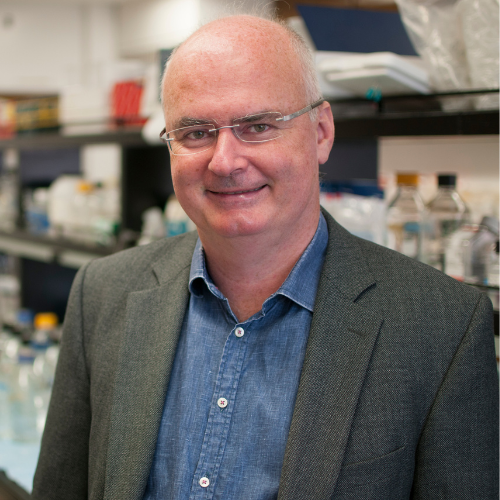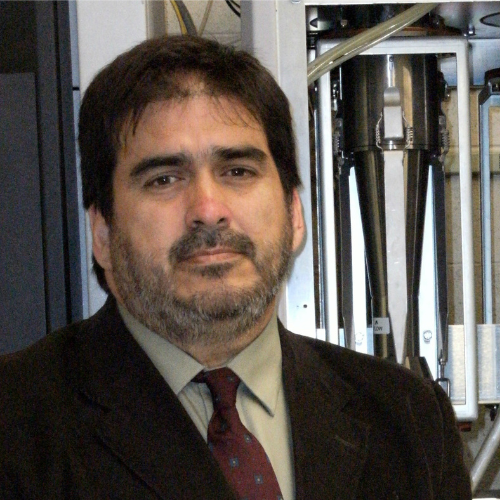Green spaces and cognitive growth in children
Dr. Michael Jerrett, co-authored a study that suggests contact with nature may play a crucial role in brain development.

A study published in Proceedings of the National Academy of Sciences (PNAS) reports a link between exposure to green spaces at school and cognitive development in primary schoolchildren. Contact with nature is thought to play a crucial and irreplaceable role in brain development but available evidence on such role is still scarce.
To test the association between cognitive maturation and exposure to green spaces at home and school and during commutes, a study led by Payam Dadvand and coordinated by Jordi Sunyer, researchers at CREAL, an ISGlobal allied center, monitored changes in cognitive measures every three months between January 2012 and March 2013 among nearly 2,600 primary schoolchildren 7-10 years of age in Barcelona, Spain.
Over a 12-month period, exposure to greenness within and around schools-as determined by satellite data-was linked with enhanced mental ability to continuously manipulate and update information-faculties called working memory and superior working memory, respectively-and with reduced inattentiveness, regardless of ethnicity, maternal education, and parental employment.
Each interquartile range increment in total surrounding greenness was linked with a 5% increase in working memory, a 6% increase in superior working memory, and 1% reduction in inattentiveness. “We also found that traffic-related air pollution accounted for 20-65% of the estimated links between school greenness and cognitive development. A part of the observed influence of green spaces on cognitive development could be mediated by the ability of green spaces in reducing air pollution which itself has been negatively linked to cognitive development”, explains Dadvand.
However, no link was observed between exposure to greenness at home and cognitive measures. “Given the soaring rates of global urbanization, expanding green spaces at schools might lead to improvements in cognitive development for schoolchildren, which ultimately can result in an advantage in mental capital at population level, according to the authors”, concludes Sunyer.
Dr. Michael Jerrett, chair of FSPH Environmental Health Sciences, co-authored this study.
Learn more about the Centre for Research in Environmental Epidemiology (CREAL)
Faculty Referenced by this Article

Associate Professor for Industrial Hygiene and Environmental Health Sciences

Industrial Hygiene & Analytical Chemistry

Dr. Hankinson is a Distinguished Professor of Pathology and Laboratory Medicine, and of EHS, and Chair of the Molecular Toxicology IDP






























